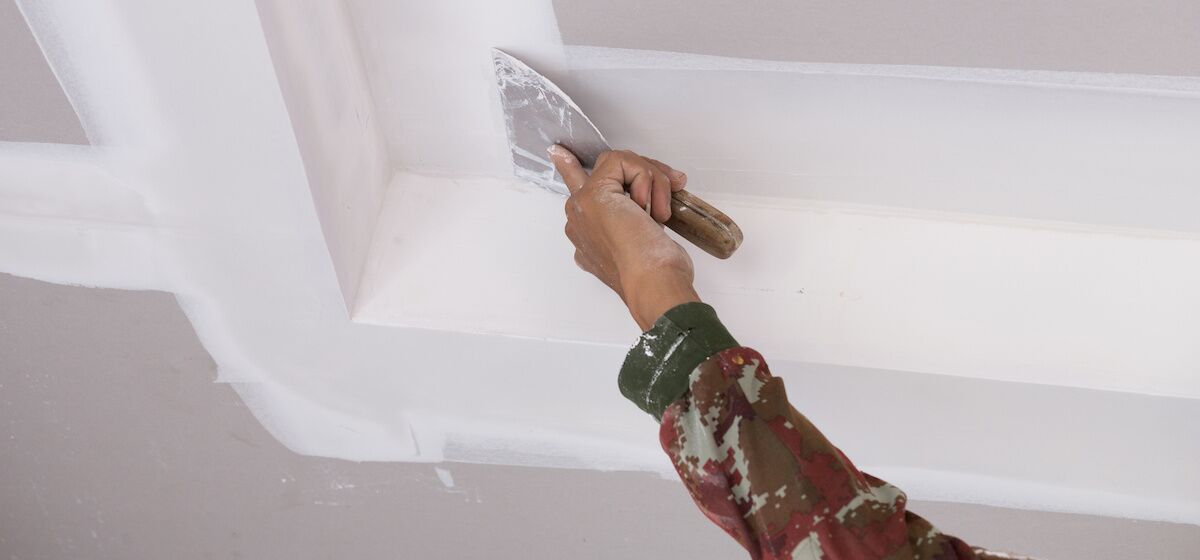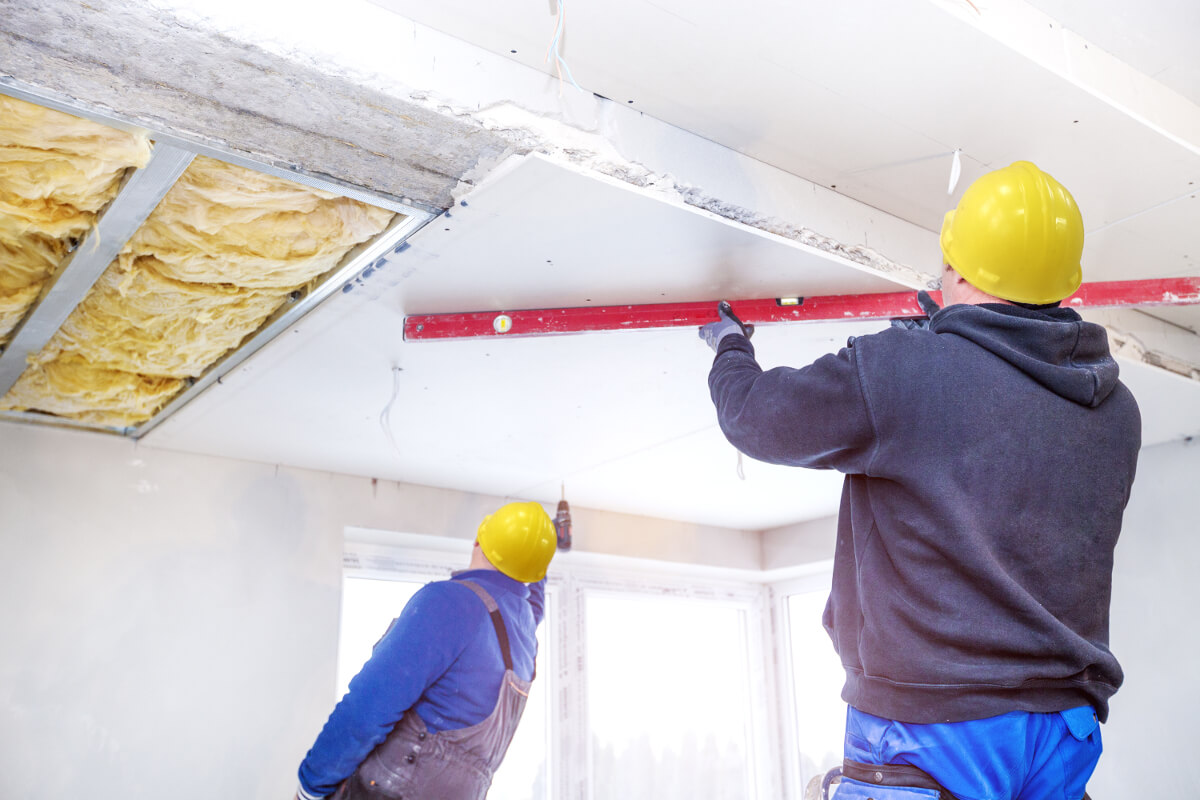Drywall Setup Made Easy: Tips for Perfect Results
Drywall setup is typically viewed as a difficult job, yet with the ideal technique and understanding, it can end up being a manageable undertaking. Choosing top quality products and preparing the setup area are crucial first actions that set the foundation for success. Mastering techniques for reducing, hanging, and completing drywall can significantly influence the result. As we explore these crucial tips, you might find that also the smallest changes in your technique can lead to extremely enhanced results, leaving you to think about how these techniques can transform your following project.
Picking the Right Materials
Choosing the ideal materials for drywall setup is crucial to accomplishing a durable and visually pleasing coating. drywall repair. The key component, drywall sheets, normally can be found in different densities, with 1/2-inch sheets being basic for indoor wall surfaces. For locations requiring additional moisture resistance, such as bathrooms or kitchen areas, think about making use of eco-friendly board or concrete board, which are particularly made to withstand humidity

Furthermore, choosing the best fasteners-- either screws or nails-- is important for securing the drywall to the framework. Drywall screws are usually preferred for their holding power and lowered danger of popping. Finally, consider the complements such as guide and paint, which not just improve the appearance but additionally shield the drywall from dampness and wear.
Preparing the Installation Area
Before beginning the drywall installment process, it is important to prepare the installation location completely. This prep work includes a number of crucial actions to make sure a effective and smooth job. Initially, clear the area of any furnishings, appliances, or blockages that might hinder accessibility. A clean work space minimizes the threat of damage to existing things and enables for reliable motion throughout installation.
Next, inspect the walls and ceiling for any kind of imperfections, such as splits, openings, or mold. Address these concerns ahead of time; spot any type of problems and enable sufficient time for repair services to dry. In addition, make sure that electrical outlets, buttons, and pipes are correctly placed and made up, as this will impact drywall positioning.
Take into consideration the ecological problems too. A steady temperature and humidity level are important for ideal bond and efficiency of the drywall materials. If required, utilize a dehumidifier or heating Check Out Your URL unit to produce suitable conditions.
Trimming and Hanging Drywall
The key to reliable drywall installment lies in the precise cutting and dangling of the panels. Make use of a straight side and an utility blade to score the drywall along your measurements, after that snap it along the racked up line for a tidy break.

Always function from the top down and left to right, making certain that you maintain a staggered pattern to boost security. Appropriately hanging the drywall establishes the foundation for a smooth finish, ultimately causing exceptional outcomes in your drywall project.
Taping and Mudding Strategies
While proper cutting and hanging of drywall establishes the phase, the next vital step includes understanding taping and mudding techniques to guarantee a smooth coating. Taping is vital for enhancing joints and preventing fractures; it entails installing tape into the applied joint compound (mud) Begin with a top quality fiberglass or paper tape, using the tape over the joint and pressing it right into the damp mud making use of a taping knife, guaranteeing no air bubbles stay.
As soon as the tape remains in location, use a slim layer of joint substance over the tape, feathering the sides to create a smooth transition to the drywall surface. Enable this layer to dry totally before sanding it lightly to eliminate flaws. Repeat this procedure, using added layers of redirected here mud as essential-- typically 2 to 3 layers-- while progressively widening the application location with each layer to attain a smooth appearance.
After the last layer dries out, sand the surface area with a fine-grit sandpaper till smooth. drywall installation. Keep in mind to wear a mask during sanding to stay clear of breathing in dirt fragments. Understanding these taping and mudding strategies is essential for attaining a professional-quality coating in your drywall setup
Completing Touches for Perfection
Achieving a remarkable drywall setup exceeds mudding and taping; it culminates in the finishing touches that boost the total look. These final actions are critical in ensuring a professional-grade coating that boosts the looks of your area.
Begin by sanding the dried out joint compound to develop a smooth surface. drywall installation. After fining sand, wipe down the wall surfaces with a damp fabric to remove any type of dirt bits, ensuring a tidy surface area for painting.
Following, use a primer especially developed for drywall. This action is important, as it aids seal the joint substance and gives an uniform base for the overcoat. As soon as the primer dries out, inspect for any type of flaws, and touch up as required.
Conclusion
In verdict, effective drywall installment pivots on the mindful selection of materials, complete prep work of the installment location, and specific implementation of reducing and hanging techniques. Proficiency of taping and mudding procedures is essential for attaining a smooth coating.
Drywall installation is often perceived as a difficult task, yet with the best method and knowledge, it can become a workable venture.Choosing the suitable materials for drywall installation is crucial to achieving a durable and cosmetically pleasing coating.Before beginning the drywall installment procedure, it is necessary to prepare the setup area thoroughly. Understanding these taping and mudding methods is vital for achieving a professional-quality coating in your drywall installment.
In final thought, successful drywall installment hinges on the careful option of products, extensive preparation of the installment location, and accurate implementation of reducing and hanging techniques.